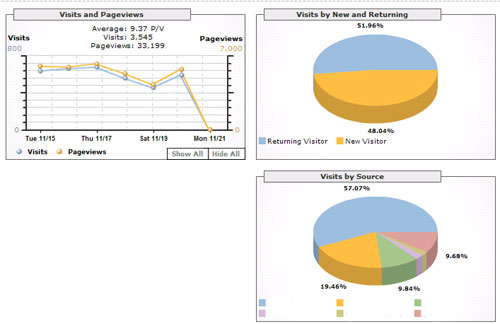Any bio filter in a koi pond system that is matured after been colonized by nitrifying bacteria will sure produce a lot of nitrate in the pond water system as a result of the following process:-
Fish Waste (Ammonia) => Nitrite => Nitrate
While Nitrite and Ammonia are very toxic to fishes, Koi are able to tolerate Nitrate to a certain extend but nevertheless, it is still very important to remove Nitrate from the Koi Pond system to ensure overall health of Koi Fish and no green water.
Generally, Nitrate level in the Koi Pond can be reduced by the following methods:-
1) Regular water change
2) Installing vegetable filter
3) Installing Trickle Filter
Of all the three methods mentioned above, the easiest way to remove Nitrate is by regular water change. Rule of thumb is to change at least 20 ~ 30% of pond water weekly. For small koi pond, this method can be implemented effectively and economically. For larger koi pond, this method will turn out to be very costly to pond owner as substantial volume of water replacement is required.
The 2nd method is to install a vegetable filter. Pond water that passed through the bio filter can be lead to a series of long water way planted with water plant. The purpose of the water plant is to absorb nitrate from pond water as fertilizer. This method require a lot of space for the construction of water way and the plant need to be maintained regularly as you will see that the plant will grow very fast with plenty of nitrate to absorb. To save space, I once planted a yam tree in the final stage of my filter system and mind you, the yam tree grow extremely fast and a lot of trimming is needed at very close interval.
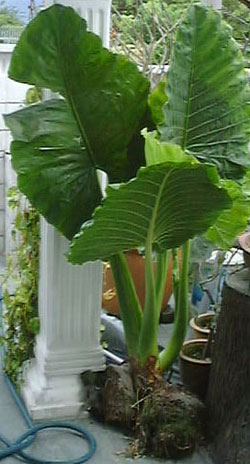
To me, the best , method is to install a Trickle Tower as it require very little maintenance and yet it is extremely effective. A simple diagram showing the trickle tower is as below:-
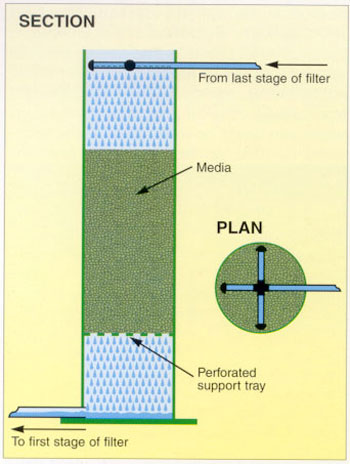
Drawing taken from Koi Kichi, a popular book on Koi by Mr. Peter Waddington
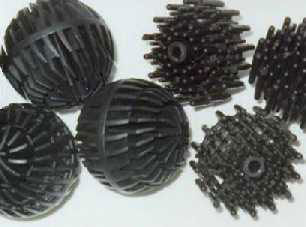
I have constructed my trickle tower using plastic tray and with a lot of small holes drilled at the base of the tray so that water can drip down to the next tray.
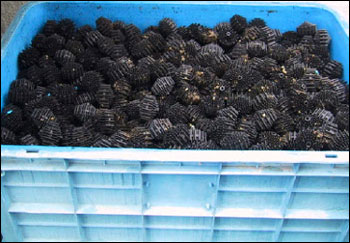
Four trays are stacked together in the vertical position to form the trickle tower. Water from the last stage of filtration are pumped into the top of the tower at very slow flow rate so that water can trickle slowly through the tower. The water that are collected at the bottom tray are then diverted back to the first stage of filtration.
We have tested the trickle tower with different flow rate and found that slow flow rate tend to be much more effective and efficient.

